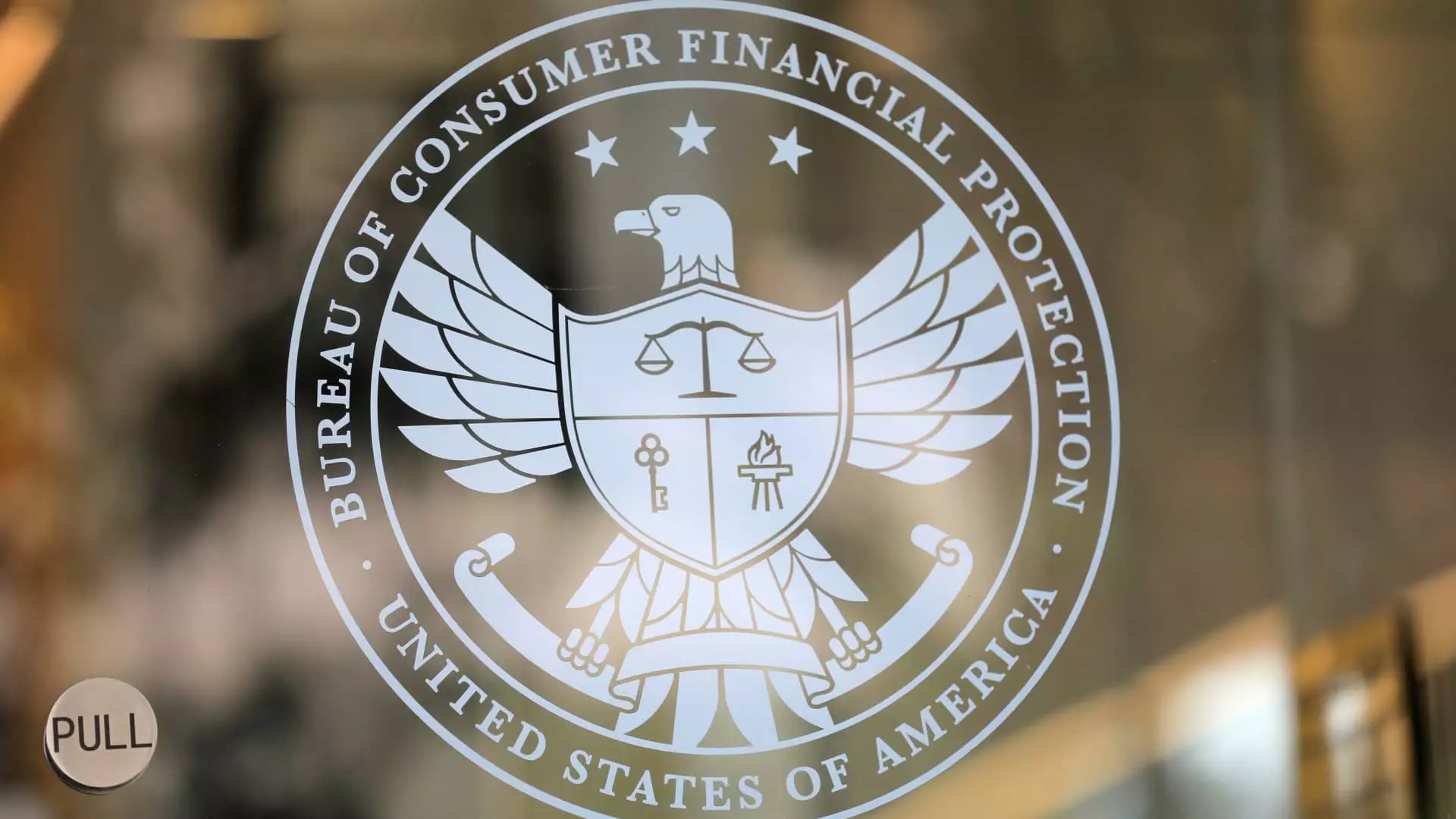The Consumer Financial Protection Bureau (CFPB) was established as a bulwark against the reckless financial practices that contributed to the 2008 economic crisis. Over the years, it has played a pivotal role in safeguarding the interests of millions of Americans, making sure that banks and financial institutions adhere to fair practices. However, under the shadow of the Trump administration’s budget cuts and restructuring efforts, the very foundation of this agency is being threatened. As a citizen concerned about the welfare of consumers and the integrity of financial systems, I cannot help but feel alarmed at the implications of this dismantling.
The events of February, where the Trump administration first targeted the CFPB, signaled an unprecedented attempt to roll back consumer protections. A recent legal showdown in federal court only amplifies the chaos surrounding the bureau’s future. A judge blocked the administration’s initial efforts to lay off a substantial portion of the CFPB staff—part of a broader plan to slash its capabilities. But why should we, the consumers, care so deeply about the bureaucratic maneuvers of a single agency?
Capitation and Compliance: The Consequences of a Shrinking CFPB
At the heart of the issue lies the proposed reduction of the CFPB’s workforce to a mere 200 employees, a drastic downsizing that would effectively cripple the agency’s ability to fulfill its statutory obligations. This isn’t just a theoretical concern; it’s a looming disaster. The CFPB is essential for supervising banks, maintaining consumer complaint databases, and enforcing fair lending laws. Without an adequately staffed agency, the regulatory gap could leave consumers vulnerable to exploitative practices, as further detailed by experts.
Mark Paoletta, the acting chief legal officer of the CFPB, articulated a clear need to recalibrate the agency. However, therein lies a dilemma: can a severely downsized CFPB remain effective in a landscape rife with financial complexities? It is telling that Phil Goldfeder, CEO of the American Fintech Council, states that ambiguity in regulatory structures breeds hesitance among innovators and industry players. This lack of clarity hampers accountability and could lead to a return to pre-crisis behaviors among financial institutions.
The Erosion of Consumer Protections
So, what are the specific ramifications of these administrative changes? The CFPB had made strides in regulating bank overdraft fees, lending practices, and spearheading the enforcement of fair consumer protections against fraud. Now, as the Trump administration takes an axe to these efforts, we’re left teetering on the edge of oblivion. For instance, the agency’s move to require nonbank financial entities—such as payment apps—to follow the same oversight protocols as traditional banks is now in jeopardy. This bifurcation in regulatory compliance is poised to create a dangerous environment, where apps like Venmo and Cash App escape scrutiny, while banking institutions remain tethered to tighter regulations.
One of the most distressing outcomes of this debacle is the uncertainty surrounding the consumer complaint database, which processes approximately 25,000 complaints each week. Losing sight of this data means risks range from unpaid debts to egregious exploitation. This could create a disturbing dynamic where consumers feel compelled to voice their grievances, only to find their complaints languishing in some bureaucratic abyss without resolution. Adam Rust from the Consumer Federation of America aptly notes that merely collecting complaints will not ensure their resolution. The very purpose of reporting these issues may be rendered impotent amidst drastic staff reductions and a lack of engagement.
The Fight Back: A Coalition for Consumer Rights
Despite the overwhelming sense of dread that hangs in the air, there are glimmers of hope. The collective outcry from state attorneys general across 23 states serves as a stark reminder that there are still champions of consumer rights dedicated to fighting back against these reckless efforts. This coalition signifies a growing recognition that protecting the rights and financial well-being of consumers is paramount, and it’s an affirmation that we must not remain silent as these critical protections erode.
In a climate where every move by the administration appears aimed at undermining the CFPB, the message is resoundingly clear: vigilance is required. This isn’t just a fight about regulations; it’s a battle for the financial livelihoods of everyday Americans. The CFPB must not only survive but thrive to instill a culture of accountability within the financial services sector. It’s time for advocates of consumer rights, lawmakers, and citizens to band together and ensure that the CFPB can successfully carry out its crucial mission without being undermined by political objectives. The stakes are far too high, and the consequences far-reaching.

